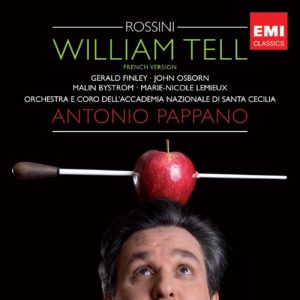London Symphony Orchestra, Pires, Haitink, Barbican Hall
Her appearances in this country are rare enough as it is so to discover that Maria Joao Pires was to be a late substitute (for the indisposed Murray Perahia) was precious consolation indeed. She played Mozart’s last and in some ways sparest Piano Concerto – No.27 in B-flat minor – with the kind of profound simplicity that defies analysis: art concealing art and digging deeper in the process.
The first thing you noticed was the sound – beautiful and deftly articulate – subtly adjusted in scale to duet intimately with the outstanding solo woodwinds of the London Symphony Orchestra, indeed enjoy a shared mimicry in quicksilver exchanges with the solo flute and oboe. The elegiac slow movement was so simple and unadorned as to have one thinking – as I am sure Mozart imagined – that this music was somehow “in the air”, a fleeting improvisation created in the playing of it. And then the playful finale, again effortless but peppered with rapier-sharp, light-catchingly brilliant flourishes. It was nigh-on perfect. But could one argue that it was perhaps too self-effacing, that Pires’ quietly unassuming approach lacked an element of fantasy? I am playing devil’s advocate here suggesting that Mozart was more of a romantic than Pires would have us believe – but then again there are many ways to the heart of a singular genius.
Anton Bruckner dubbed his Fourth Symphony the “Romantic” though the epithet might just as easily apply to others in the canon. But there is something extraordinarily evocative about the sound of a solo horn (the excellent David Pyatt) floating dreamily on an early morning haze of tremolando strings. As Bruckner landscapes go this one is indeed green and pleasant and full of those almost clichéd invocations of far-reaching vistas. The horns dominate and whether pumping out exultant fanfares (in the scherzo) or burnished fortissimo unisons the LSO section was on splendid form. So, too, the whole panoply of brass, beefy and bright with Bruckner, the outdoor man, as much in evidence as the spiritualist.
There is no safer pair of hands in this music than Bernard Haitink. His sense of pacing and spacing, of the larger picture beyond the fine detailing, is second to none. He made so much here of the slow movement’s atmospheric modulations and if at times one wanted a little more phrasal flexibility and dynamic gradation so that the real climaxes stood out from the succession of brassy tuttis the results were undeniably impressive.
You May Also Like

GRAMOPHONE Review: An American Song Album – Melody Moore/Bradley Moore
14/08/2019
A Conversation With SIR ANTONIO PAPPANO: Rossini’s ‘William Tell’
31/08/2010